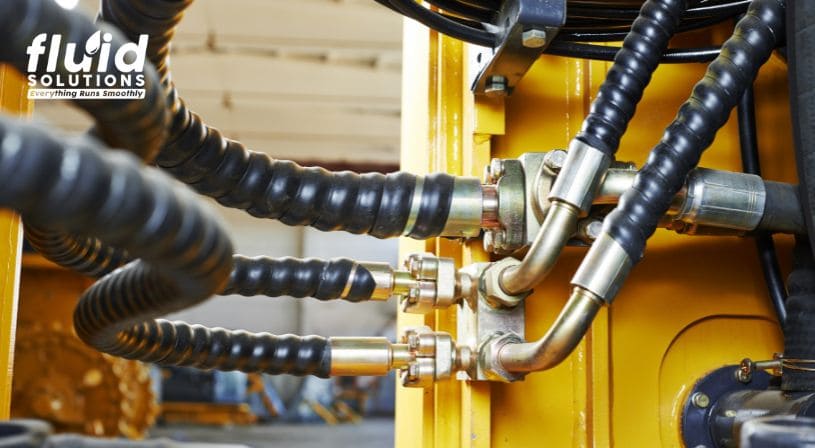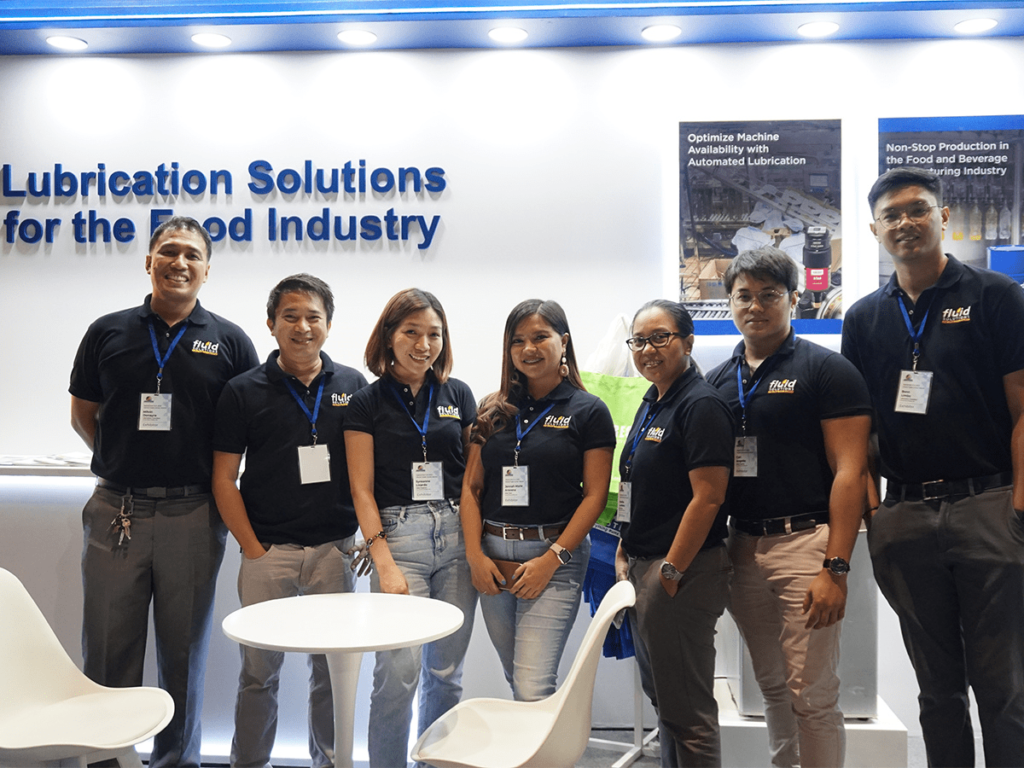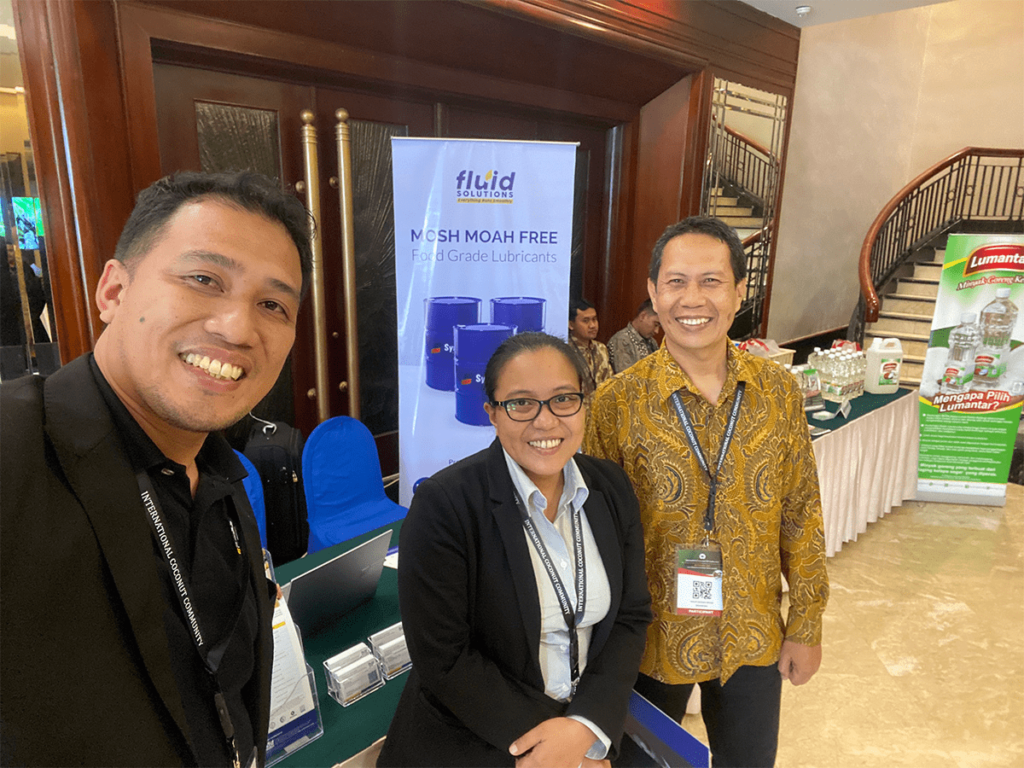
Hydraulic fluid serves to transmit power, lubricate components, and dissipate heat. Despite being specifically formulated for these functions, it inevitably accumulates contaminants during operation. Hydraulic oil cleanliness directly influences the efficiency and durability of the hydraulic components it lubricates.
Contamination stands as one of the leading causes of hydraulic system failure. Foreign particles, water, air, and chemicals can all compromise the performance of hydraulic systems. If contamination remains undetected or unaddressed, it can lead to costly and significant damage, including accelerated wear, corrosion, and ultimately, system failure. Industries need to adopt practices that minimize hydraulic fluid contamination, ensuring the longevity and smooth operation of their machinery.
The Six Types of Hydraulic Fluid Contamination
Contaminants in hydraulic fluid can be grouped into six primary types. Each type of contamination presents unique challenges to the operation of hydraulic systems. By recognizing the impacts of hydraulic fluid contamination and implementing proper preventive measures, operators can significantly extend the life of their hydraulic systems, improve operational efficiency, and lower costs by reducing the frequency of fluid replacements.
1. Built-in Contamination
Built-in contamination refers to contaminants that are introduced into the hydraulic fluid system during the manufacturing, assembly, or initial filling processes. These contaminants can include tiny metal slivers, sand particles, excess grease, fibers from cleaning materials, welding slag, or remnants of sealing tape.
Impact:
Built-in contaminants can cause severe damage to hydraulic components such as seals, pumps, and valves by accelerating wear and tear. If not removed, these particles can clog filters, cause overheating, reduce pressure, and lead to premature system failure. This degradation results in decreased operational efficiency, increased maintenance requirements, and higher overall costs due to more frequent repairs and hydraulic fluid replacement.
Prevention:
To minimize built-in contamination, it is essential to maintain cleanliness standards during assembly and installation. This includes ensuring that all components are thoroughly cleaned before installation and verifying that the system is flushed before being filled with hydraulic fluid.
2. Generated Contamination
Generated contamination occurs during the normal operation of hydraulic systems. Over time, friction, heat, and wear on components lead to the generation of contaminants within the fluid. Common sources of generated contamination include component wear, oxidation of the fluid, and the breakdown of seals and gaskets. As components wear, they shed particles into the hydraulic fluid, contributing to the overall contamination.
Impact:
Generated contamination can have a significant impact on hydraulic system performance. The accumulation of wear particles in the fluid can cause increased friction, leading to higher temperatures and faster wear on internal components. This can also result in reduced load-carrying capacity. The wear particles can eventually damage seals and increase the overall hydraulic fluid contamination levels..
Prevention:
Regular maintenance is essential to control generated contamination. Effective filtration systems that capture wear particles are critical in managing contamination. Using wear-resistant materials in key components can also reduce particle generation. Additionally, routine monitoring and analysis of hydraulic fluid cleanliness help detect contaminants early, preventing serious damage and lowering overall maintenance costs by reducing the frequency of fluid changes.
3. Air Contamination
Air contamination occurs when air is trapped in the hydraulic fluid, often due to poor seals, low fluid levels, or improper system design. This type of contamination is typically divided into two types: aeration and cavitation. Aeration occurs when small bubbles of air mix with the hydraulic fluid, while cavitation is the formation of larger bubbles that implode, creating localized shockwaves that can damage system components.
Impact:
Air contamination can lead to erratic operation and reduced performance. Aeration can cause instability in the hydraulic system, leading to fluctuating pressures and inconsistent operation. Cavitation can cause physical damage to pumps, valves, and other components, leading to costly repairs.
Prevention:
Preventing air contamination requires a combination of system design and proper maintenance. Ensuring airtight seals and maintaining the proper fluid levels are critical to minimizing air ingress. Installing degassing units can help remove dissolved air from the hydraulic fluid, reducing the risk of air contamination. Regular monitoring and maintenance of the system’s seals and valves are essential for maintaining fluid integrity and preventing excessive hydraulic fluid contamination.

4. Water Contamination
Water contamination is one of the most detrimental types of contamination that can affect hydraulic systems. Water can enter the hydraulic fluid in several ways, including condensation, washdowns, and leaky seals. The presence of water in hydraulic systems can cause a wide range of problems, including corrosion, microbial growth, and degradation of the hydraulic fluid.
Sources of Water in Hydraulic Fluid:
- Condensation: Water can condense inside hydraulic tanks, especially in areas with fluctuating temperatures. When the fluid is exposed to moisture in the air, water can mix with the fluid and degrade its quality.
- Washdowns: In industries operating in outdoor environments, hydraulic systems are susceptible to water ingress during routine washdowns or as a result of external factors such as heavy rainfall.
- Leaky Seals: Worn or damaged seals are common entry points for water. Water can seep in through improperly sealed hydraulic lines or reservoirs, leading to contamination.
Impact:
Water contamination can lead to corrosion of metal components, breakdown of the fluid’s lubricating properties, and the promotion of microbial growth. These factors not only damage the system but also decrease the efficiency of the hydraulic fluid. Furthermore, water can reduce the fluid’s ability to maintain its viscosity, causing the fluid to become thin and less effective at lubricating the components.
Detection Methods:
The best way to detect water contamination is through regular fluid analysis. The presence of water in the hydraulic fluid can be detected through tests such as the crackle test, which identifies water contamination by observing the fluid’s reaction to heat. Another effective method is the use of moisture sensors, which continuously monitor the fluid’s water content.
Prevention:
To prevent water contamination, it’s essential to control environmental factors. Using desiccant breathers can help reduce moisture ingress by absorbing water from the air entering the hydraulic tank. Proper sealing of hydraulic reservoirs and lines will also reduce the chances of water entry. Regular checks on fluid levels and system seals are necessary to prevent leaks.
5. Chemical Contamination
Chemical contamination occurs when incompatible fluids, degradation byproducts, or external chemicals mix with the hydraulic fluid. This type of contamination is typically caused by mixing different types of fluids or chemical reactions inside the system. For example, if the wrong type of fluid is added to the system or if contaminants from the surrounding environment enter the fluid.
Types of Chemical Contamination:
- Incompatible Fluids: When two different types of hydraulic fluids, such as mineral oil-based and water-based fluids, are mixed, chemical reactions can result, leading to fluid degradation.
- Degradation Byproducts: As hydraulic fluids break down over time due to heat and pressure, byproducts such as acids and sludge can form, compromising the fluid’s effectiveness.
- External Chemicals: Chemical contamination can also occur when external chemicals, such as cleaning agents, enter the hydraulic fluid. This can happen during maintenance procedures or due to improper handling.
Impact:
Chemical contamination can cause seal damage, fluid breakdown, and system inefficiency. The presence of incompatible fluids can cause the seals in the hydraulic system to swell, harden, or degrade, which can result in leaks and system failure. Chemical contamination can alter the fluid’s viscosity, leading to poor lubrication and increased wear on components.
Prevention:
To prevent chemical contamination, it is important to perform regular fluid compatibility assessments before introducing new fluids to the system. Always ensure that only the correct type of hydraulic fluid is used and avoid mixing different fluid types unless they are explicitly compatible. Regular oil analysis can help detect signs of chemical contamination before it causes significant damage. Chemical-resistant seals and gaskets are also important in preventing contamination from external chemicals.
6. Ingressed Particulate Contamination
Ingressed particulate contamination is one of the most common and damaging forms of contamination. It occurs when dust, dirt, and other debris from the environment contaminate the hydraulic fluid. These particles can enter the system through open reservoir openings, damaged seals, or during refills. These particulates can be abrasive and cause significant damage to precision components in the hydraulic system.
Sources of Particulate Contamination:
- Reservoir Openings: Dust and dirt can enter the hydraulic fluid through the reservoir openings, especially if the system is exposed to a dusty environment.
- Damaged Seals: Worn or damaged seals are a common entry point for particulates. When seals break down, dirt and debris can easily contaminate the hydraulic fluid.
- During Refills: Particulate contamination can also occur during fluid refills. If the system is not properly cleaned or if the new fluid is not filtered, dirt and debris can be introduced into the fluid.
Impact:
Particulate contamination is highly abrasive and can cause severe damage to precision components like pumps, valves, and pistons. Even small particles can cause erosion, scoring, and wear on these components, which can lead to system inefficiency, loss of pressure, and ultimately, failure. In addition, particulate contamination can clog filters, reducing the effectiveness of the filtration system.
Prevention:
The best way to prevent ingressed particulate contamination is to use proper filters that can trap even the smallest particles. Regular maintenance of the hydraulic system, including replacing worn seals and gaskets, is also essential in keeping contaminants out. In cleanroom environments, it is important to follow strict hygiene protocols during maintenance and refilling procedures. Sealed systems that prevent exposure to dust and debris will help reduce the risk of particulate contamination.
Ensuring Clean Hydraulic Fluid for Optimal Performance
Maintaining clean hydraulic fluid is essential for ensuring the efficiency, reliability, and longevity of hydraulic systems. Understanding the different types of hydraulic contamination and implementing strategies to prevent them is key to avoiding costly repairs and downtime. By using the proper filtration systems, conducting regular maintenance, and verifying that only compatible fluids are used, businesses can significantly reduce the risk of contamination and keep their hydraulic systems running smoothly.
At Fluid Solutions, we offer a wide range of premium hydraulic fluids designed to help you maintain the highest level of hydraulic fluid cleanliness. Whether you are dealing with contamination concerns or looking for hydraulic fluid price options, our experts are here to help. Explore our lubricants or fluid maintenance tips to ensure your hydraulic systems remain in top condition.
Social Media Links:
Facebook: https://www.facebook.com/fluidsolutionsinc
LinkedIn: https://www.linkedin.com/company/fluid-solutions-inc


